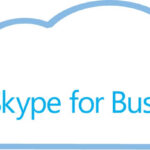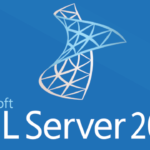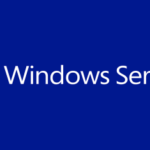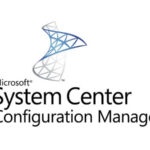Step-by-Step Guide: Installing SQL Server 2017 for System Center Orchestrator 2016.
NOTE: This is a LAB installation, don’t repeat it in production!
Some preparation:
- I create 2 service accounts for SQL Server (sql01svc and sql01agent) in Active Directory, add sql01svc to Administrators security group;
- Create a separate logical disk for SQL Server databases.
Installation process
- Start SQL 2017 installation;
2. Navigate to Installation and choose New SQL Server stand-alone installation…;
3. Choose edition and click Next;
4. Read and accept license terms, click Next;
5. In my case and don’t select Update check, click Next;
6. There is now Internet on this machine so the error is normal, click Next;
7. As you may see there is now no .Net 3.5 requirement anymore, click Next;
8. Select the feature that you need, click Next;

9. Select Default instance or create Named, click Next;
10. Enter your service accounts for services and navigate to the Collation tab;
11. Ensure that the collation is SQL_Latin1_General_CP1_CI_AS, and click Next;
12. Add SQL Server administrators and navigate to the Data Directories tab;
13. You can change paths (like I) or leave by default, navigate to the TempDB tab;
14. Change Directories or leave by default and click Next;
15. When ready, click Install;
16. When the installation completes, click Close;
NOTE: Don’t forget to change the SQL port from dynamic to static and open it on Windows Firewall, and install SQL Management Studio on some machines.




















